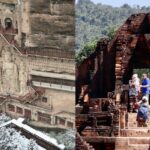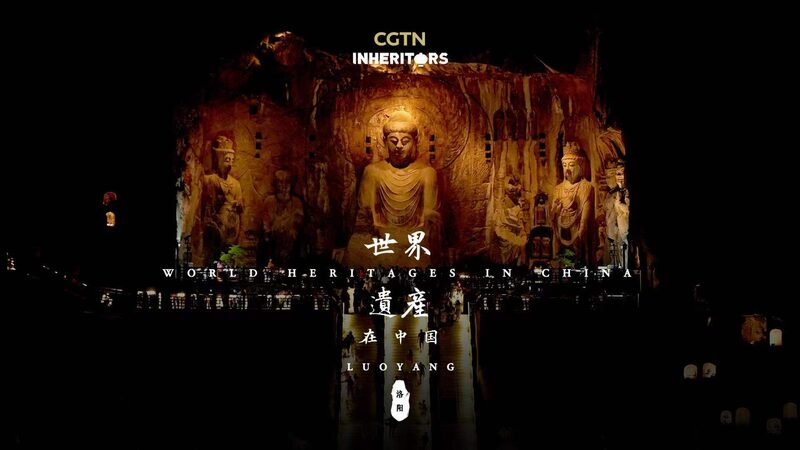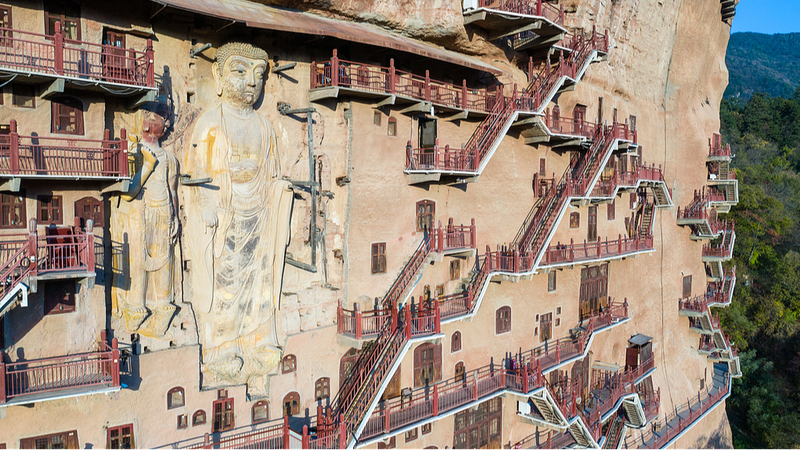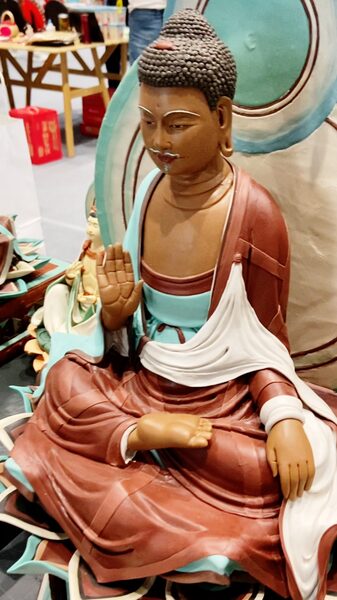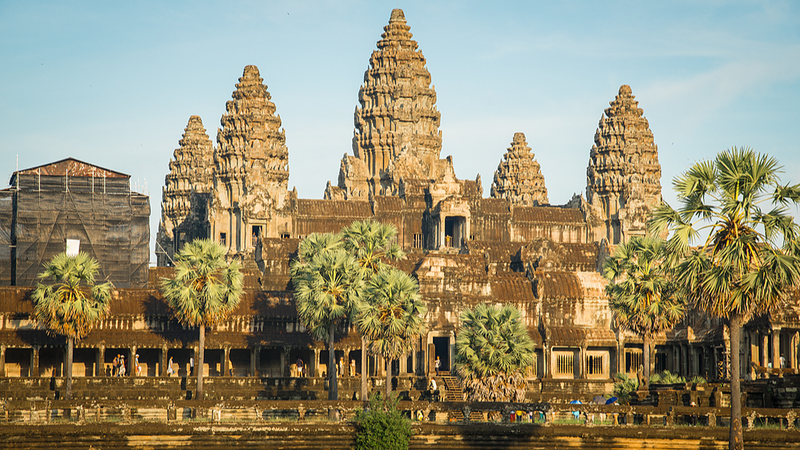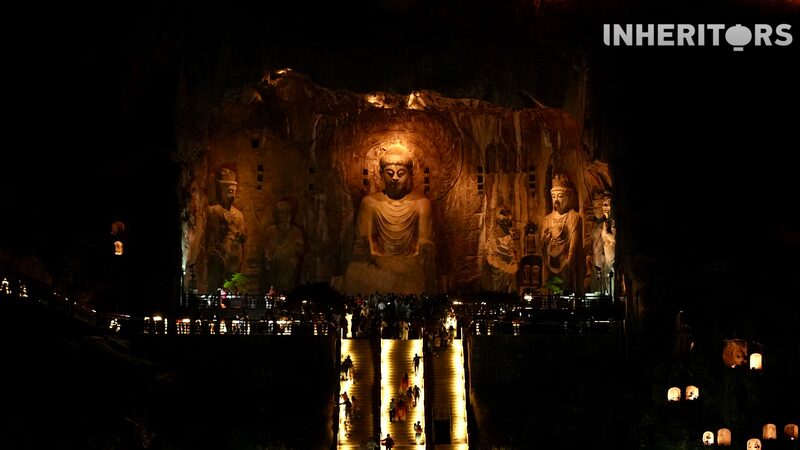From the desert oasis of northwest China's Gansu Province to the tropical jungles of Cambodia, two UNESCO World Heritage Sites – the Mogao Grottoes and Angkor Wat – continue to captivate historians, spiritual seekers, and travelers alike. These monumental achievements in art and architecture reveal how cultural exchange shaped Asia's past while continuing to inspire global audiences today.
Silk Road Sanctuary Meets Hindu-Buddhist Empire
Carved into cliffs along ancient trade routes, the Mogao Grottoes flourished between the 4th and 14th centuries as Buddhist art merged with Chinese, Indian, and Central Asian influences. Its 492 surviving caves house 45,000 square meters of murals depicting religious parables and mercantile life.
Divine Symbolism in Stone
Angkor Wat's 12th-century bas-reliefs and towering spires reflect Cambodia's Khmer Empire at its zenith, blending Hindu cosmology with Theravada Buddhist traditions. The temple complex' symbolic mountain design and intricate carvings remain central to Southeast Asian cultural identity.
Reference(s):
Mogao Grottoes and Angkor Wat: A comparison of cultural significance
cgtn.com


